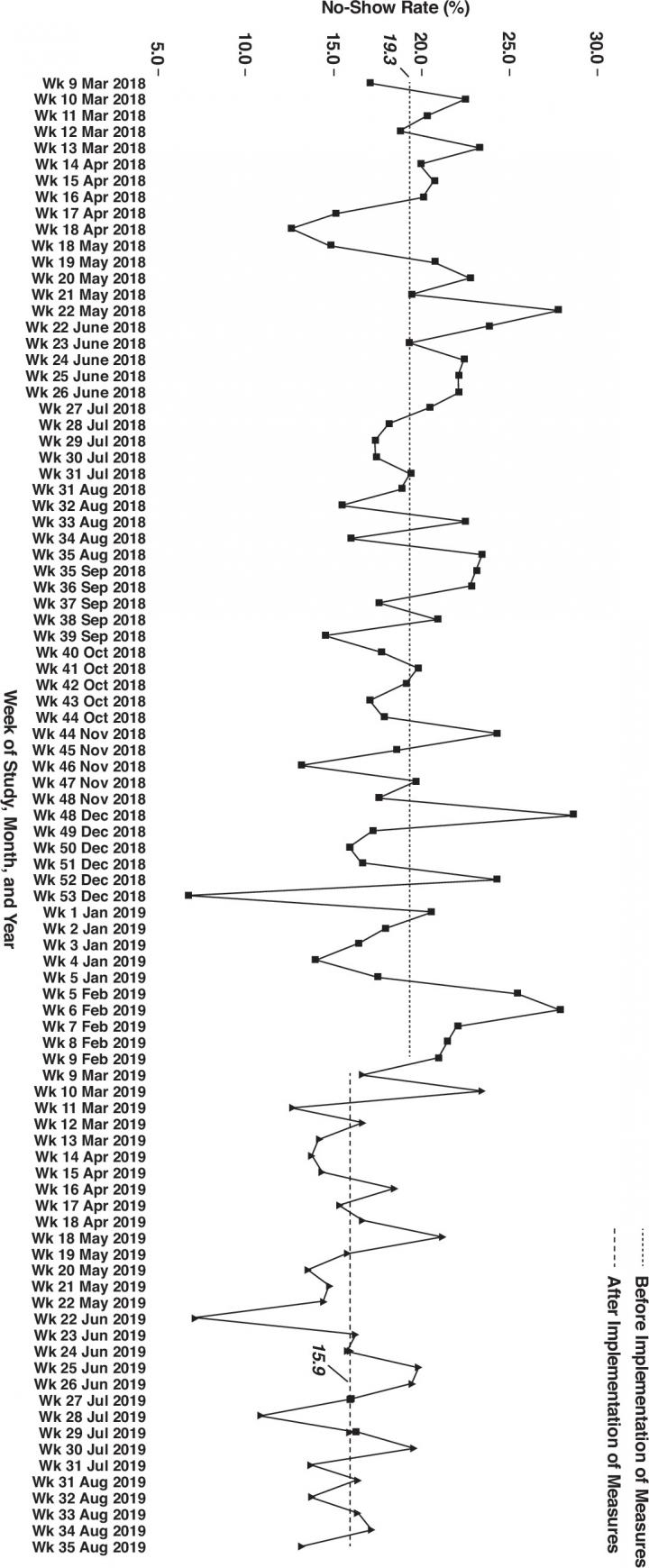AJR researchers use modest data, basic engineering AI to solve complex multifactorial operational problem: outpatient MRI appointment no-shows

Credit: American Roentgen Ray Society (ARRS), American Journal of Roentgenology (AJR)
Leesburg, VA, September 10, 2020–According to ARRS’ American Journal of Roentgenology (AJR), artificial intelligence (AI) predictive analytics performed moderately well in solving complex multifactorial operational problems–outpatient MRI appointment no-shows, especially–using a modest amount of data and basic feature engineering.
“Such data may be readily retrievable from frontline information technology systems commonly used in most hospital radiology departments, and they can be readily incorporated into routine workflow practice to improve the efficiency and quality of health care delivery,” wrote lead author Le Roy Chong of Singapore’s Changi General Hospital.
To train and validate their model, Chong and colleagues extracted records of 32,957 outpatient MRI appointments scheduled between January 2016 and December 2018 from their institution’s radiology information system, while acquiring a further holdout test set of 1,080 records from January 2019. Overall, the no-show rate was 17.4%.
After evaluating various machine learning predictive models developed with widely used open-source software tools, Chong and team deployed a decision tree-based ensemble algorithm that uses a gradient boosting framework: XGBoost, version 0.80 [Tianqi Chen].
As Chong et al. explained, “the simple intervention measure of using telephone call reminders for patients with the top 25% highest risk of an appointment no-show as predicted by the model was implemented over 6 months.”
Six months after deployment, the no-show rate of the predictive model was 15.9%, compared with 19.3% in the preceding 12-month preintervention period–corresponding to a 17.2% improvement from the baseline no-show rate (p
“We believe that the main strength of the present study lies in its empirical approach, given the lack of published literature quantifying the impact of actual workflow implementation, with previous studies postulating the potential benefits of applying machine learning techniques to this problem,” the authors of this AJR article concluded. “The aim of our study was not to produce a highly complex model but, rather, to produce one that could be developed relatively quickly, would require minimal data processing, and would be readily deployable in workflow practice for quality improvement.”
###
Founded in 1900, the American Roentgen Ray Society (ARRS) is the first and oldest radiological society in North America, dedicated to the advancement of medicine through the profession of radiology and its allied sciences. An international forum for progress in medical imaging since the discovery of the x-ray, ARRS maintains its mission of improving health through a community committed to advancing knowledge and skills with an annual scientific meeting, monthly publication of the peer-reviewed American Journal of Roentgenology (AJR), quarterly issues of InPractice magazine, AJR Live Webinars and Podcasts, topical symposia, print and online educational materials, as well as awarding scholarships via The Roentgen Fund®.
Media Contact
Logan K. Young
[email protected]
Original Source
https:/
Related Journal Article
http://dx.




